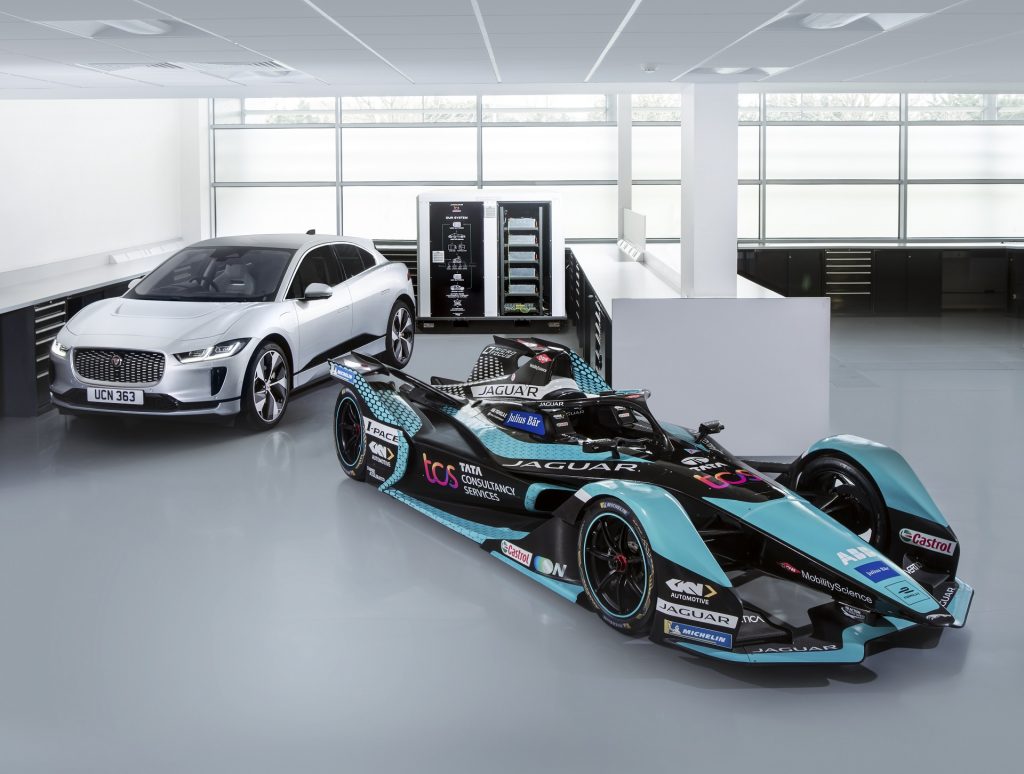Jaguar Land Rover has teamed up with Pramac to build a zero-emission energy storage unit out of second-life Jaguar I-PACE batteries.
The portable unit is called the Off Grid Battery Energy Storage System (ESS).
It features lithium-ion cells from Jaguar I-PACE batteries taken from prototype and engineering test vehicles.
This partnership represents the first step in Jaguar Land Rover’s plans to create a new circular economy business model for its vehicle batteries.
Once one of the automaker's batteries falls below its required capacity, the cells will be deployed into the energy storage system, which can store up to 125kWh.
This is enough to fully charge Jaguar’s I-PACE performance SUV or to power a regular family home for a week.
Pramac is able to reuse up to 85% of Jaguar’s batteries within the storage unit, including modules and wiring. The rest of the materials are recycled back into the supply chain.
Solar panels charge the unit, and it is fitted with a bi-directional convertor and Type 2 EV charge connections rated at up to 22kW AC.
In Johannesburg, South Africa, Jaguar has installed an ESS at its Experience Centre to help the site cope with inconsistent power delivery from the mains.
Andrew Whitworth, battery manager, circular economy team at Jaguar Land Rover, said: “This announcement is a great example of how we will collaborate with industry leaders to deliver our sustainable future and achieve a truly circular economy.”
Danny Jones, a director at Pramac, added: “We have been privileged to work so closely with Jaguar Land Rover who are a hugely supportive partner in our journey to successfully build a robust product and a commercially viable business case using second-life EV modules.
“This brings a new element to the sustainability story as a manufacturer of energy efficient and carbon reducing technology. We look forward to continuing the journey with Jaguar Land Rover and providing innovative charging infrastructure solutions to support the electrification of their class-leading vehicles.”
